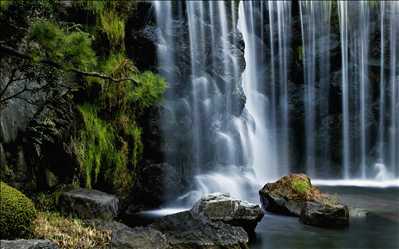Modern theories of the international division of labor
Keywords: international division of labor, MRI
1) The theory of interdependence
Are based on the determination of the factors affecting the interdependence of nations.
a) K. Nuvenhuze.
There are two interdependent factors (limited and exhaustible natural resources, the possibility of degradation of the natural environment). Both factors are inherent throughout the world space, so each country, including in the MRI should consider these factors and develop their policies based on the principles of sustainable development (sustainable use of natural resources, protection of the environment);
b) R. Cooper.
Highlights the interdependence of the four factors:
- Structural dependence (changes in the structure of the economy of one country or the response is similar to changing the structure of the economies of other countries);
- General economic objectives (economic growth, increased wealth, reducing unemployment, stable prices). Common economic goals requires the use of similar economic instruments (general purpose and mechanism of implementation of economic policy, especially in macroeconomic issues);
- Cooperation with neighboring countries in the field of the economy, particularly in terms of foreign economic relations (bilateral and multilateral agreements and arrangements for mutual exchange of goods, services, investment, capital);
- Military and political dependence (participation in military and political blocs, participation in international financial and trade organizations, participation in integrated units or zones).
2) The theory of modernization
Form model (schema) MRI, which includes three steps:
- The third (lower) level.
Designed for the least developed countries, who are invited to specialize in the production of simple labor-intensive goods of standard quality (raw materials, food products and a low degree of processing). Are concentrated mainly in developing countries, but there are also newly industrialized countries, countries with economies in transition, in a small amount - the industrialized countries;
- Second stage.
Countries in this stage is specialized in the production of more complex, capital-intensive products from standard to high quality. These include the newly industrialized countries, some countries with economies in transition, present and industrialized countries;
- The first (upper) level.
Countries specializing in the development of new high technologies, including information. Countries produce a complex, capital-and knowledge-based products and determine the prospects for the world economy. These include the industrialized countries, the most developed of the newly industrialized countries, in small amounts - a country in transition.
In this model (scheme) does not fall into the least developed (poor) countries, which determines their economic backwardness and prevents them from getting involved in global economic profit. This model defines the structure of many of the modern world commodity
beautiful pictures

